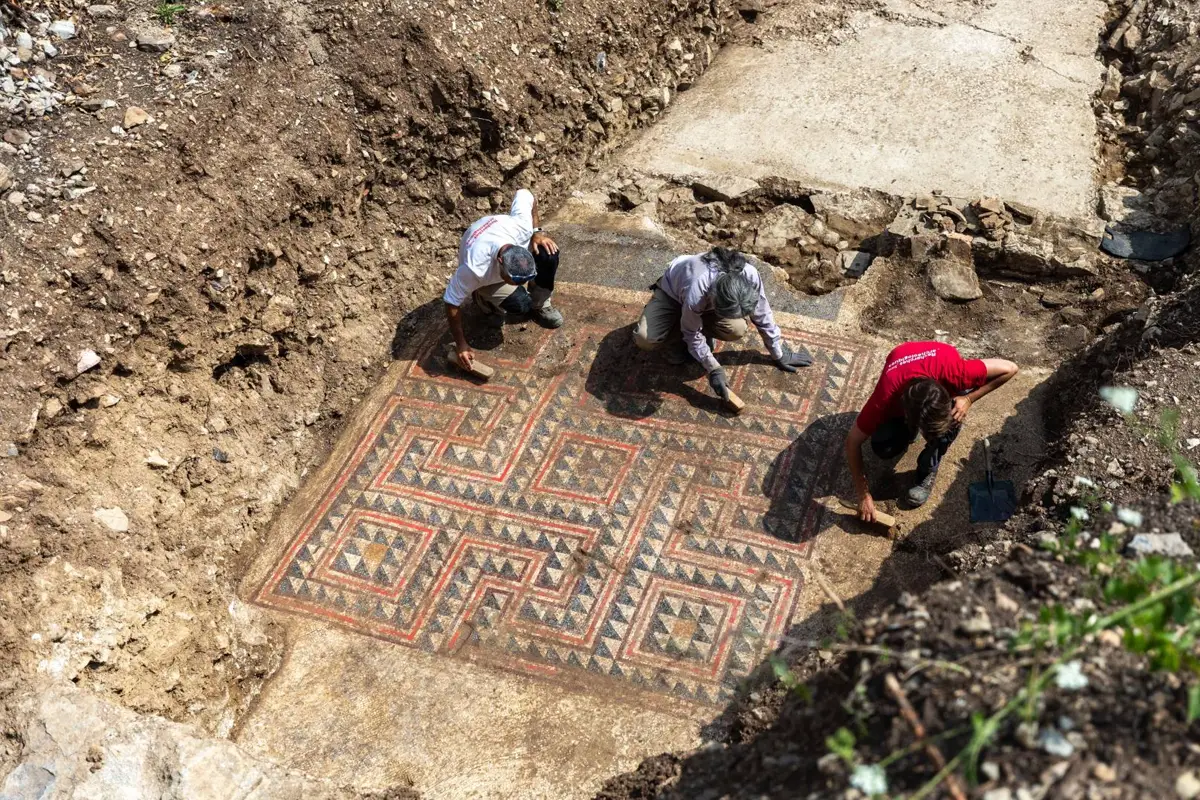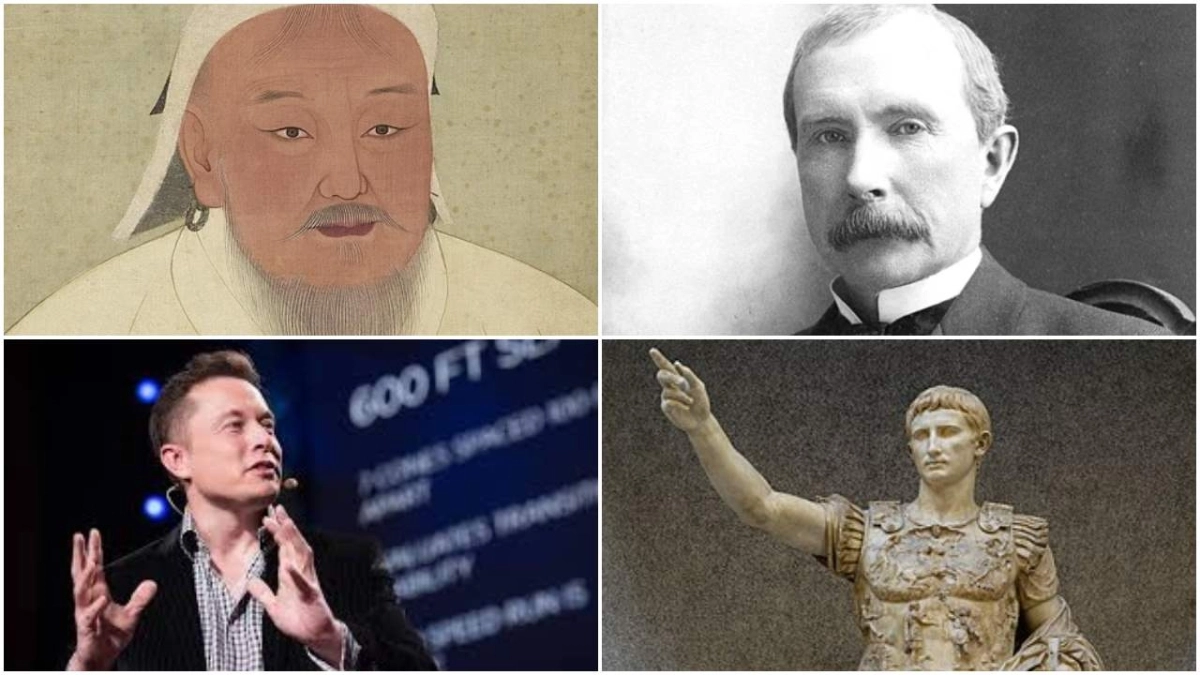Ancient Greek sculpture represents a pinnacle of artistic achievement, showcasing mastery in technique and a deep cultural appreciation for beauty, balance, and human form. From depictions of gods to heroic athletes, Greek sculptors sought to capture idealized perfection and convey narratives of power, divinity, and humanity.
Greek sculptors employed various techniques, including the use of marble and bronze as primary materials. Early works from the Archaic period (c. 800–500 BCE) featured rigid, stylized figures known as kouroi and korai, characterized by frontal poses and patterned hair. As the Classical period (c. 500–323 BCE) emerged, artists developed a greater understanding of human anatomy, introducing contrapposto—a technique that gave figures a more natural stance by shifting weight onto one leg.
The Classical era brought forth renowned sculptors such as Phidias, Praxiteles, and Polykleitos, whose works emphasized realism, movement, and ideal proportions. The Parthenon sculptures, attributed to Phidias, exemplify the grandeur of Greek artistic vision, depicting dynamic scenes of gods, warriors, and mythical creatures.
During the Hellenistic period (c. 323–31 BCE), Greek sculpture became even more expressive and dramatic. Works such as the Laocoön Group and the Winged Victory of Samothrace showcase heightened emotion, intricate detail, and a sense of motion, reflecting a shift toward individualism and theatricality.
The cultural significance of Greek sculpture extended beyond aesthetics, serving religious, political, and commemorative purposes. Statues of gods reinforced divine presence in temples, while sculptures of victorious athletes celebrated human excellence and competition. Public monuments and funerary sculptures honored civic achievements and personal legacy, preserving the values of Greek society.
The legacy of ancient Greek sculpture continues to influence art and culture, setting enduring standards for form, beauty, and artistic expression.







